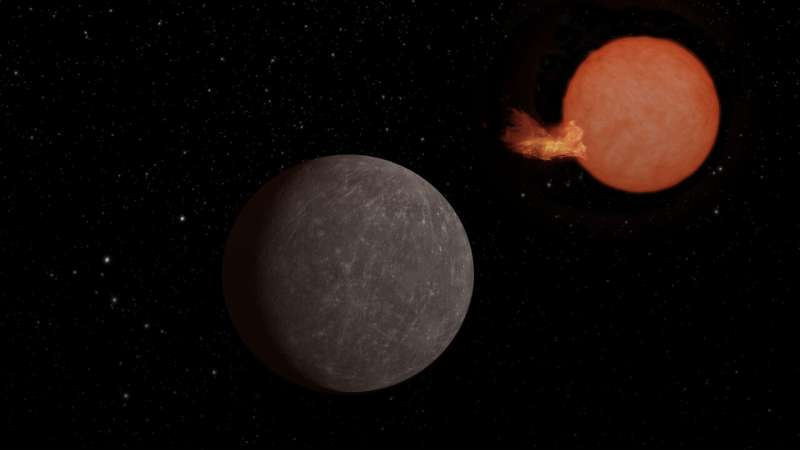Free Courses Sale ends Soon, Get It Now


Free Courses Sale ends Soon, Get It Now



Copyright infringement not intended
Picture Courtesy: https://phys.org/news/2024-05-astronomers-earth-sized-world-orbiting.html#google_vignette
Context: The discovery of SPECULOOS-3 b, an Earth-sized exoplanet orbiting an ultra-cool red dwarf star, represents a significant achievement in the field of astronomy.
Discovery and Characteristics
Discovery Methodology
Significance and Implications
Conclusion
Source
|
PRACTICE QUESTION Q. What is the SPECULOOS project, frequently seen in the news? A) A project aimed at studying the behaviour of black holes in space. B) A project focused on discovering exoplanets orbiting ultra-cool dwarf stars. C) A project dedicated to exploring the atmospheres of gas giants in our solar system. D) A project aimed at studying the formation of galaxies in the early universe. Answer: B |
© 2024 iasgyan. All right reserved